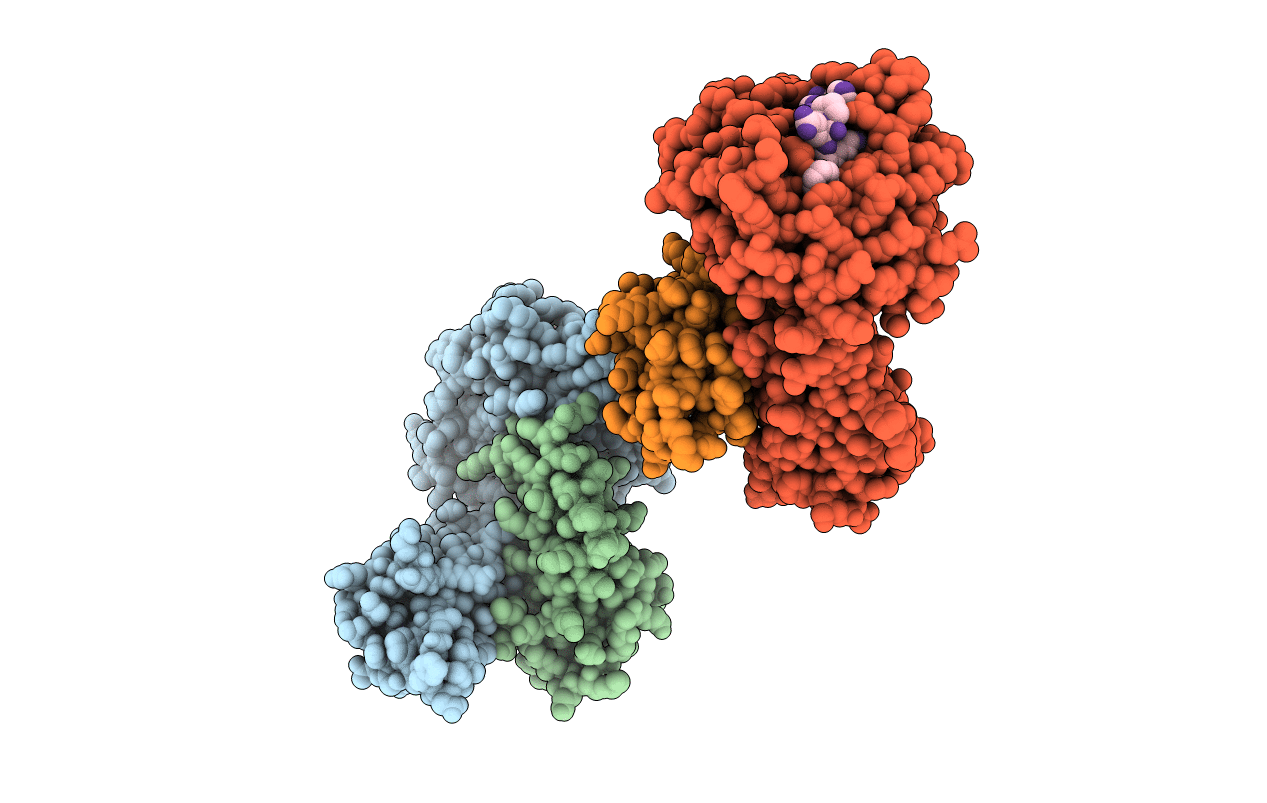
Deposition Date
1999-04-16
Release Date
2000-01-12
Last Version Date
2024-11-06
Entry Detail
PDB ID:
1I1F
Keywords:
Title:
Crystal structure of human class i mhc (hla-a2.1) complexed with beta 2-microglobulin and hiv-rt variant peptide i1y
Biological Source:
Source Organism:
Homo sapiens (Taxon ID: 9606)
Host Organism:
Method Details:
Experimental Method:
Resolution:
2.80 Å
R-Value Free:
0.31
R-Value Work:
0.26
R-Value Observed:
0.27
Space Group:
P 1


